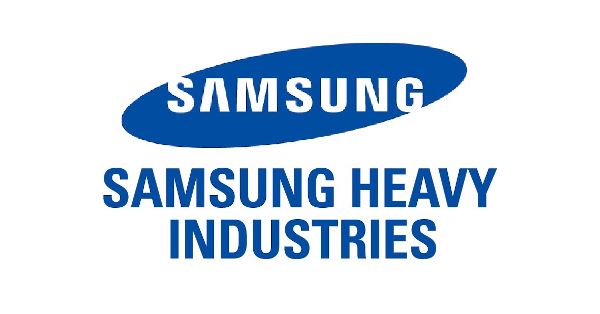– Joint development of FCSU with MISC, AiP granted by DNV
– Integration of CO2 injection modules for 5 million tons of CO2, equivalent to those emitted by 3.3 million passenger cars per year
– CCS business gaining traction to secure future growth momentum
On the 30th of September, in Kuala Lumpur, Samsung Heavy Industries(SHI) announced that it received Approval in Principal(AiP) from Norwegian classification society DNV for its Floating CO2 Storage Unit(FCSU).
The FCSU jointly developed by SHI with MISC, the global maritime energy solution company, is 330 meters length and 64 meters breadth, and equipped with high pressurized tanks of 100,000㎥ designed to store liquefied carbon dioxide below -50 degrees Celsius.
Remarkably, the injection module mounted on the topside of the hull is capable to transport 5.0 MTPA of carbon dioxide deep into the ocean floor.This is equivalent to the amount of carbon dioxide emitted by approximately 3.3 million passenger cars per year.
Carbon Capture and Storage (CCS) is a technology that captures and permanently isolates carbon dioxide from the atmosphere, gaining attention as an effective solution for achieving “global carbon neutrality”.
Starting in January of this year, SHI has been conducting concept studies in conjunction with MISC for CCS commercialization.
MISC plans to develop a business model to store carbon dioxide in offshore depleted gas fields, including Malaysia. In line with this strategy, SHI will supply FCSUs to support the implementation of CCS projects.
Gyoon-joong Yoon, Vice president, Head of Offshore Engineering Management Team at SHI, stated, “the offshore business of SHI is expanding its territory beyond the existing oil and gas production equipment such as FPSO and FLNG to encompass environmentally friendly products ranging from offshore wind power, nuclear power(SMR), and CCS”. “We will secure future growth momentum through new products driven by technology competitiveness,” he emphasized.









































